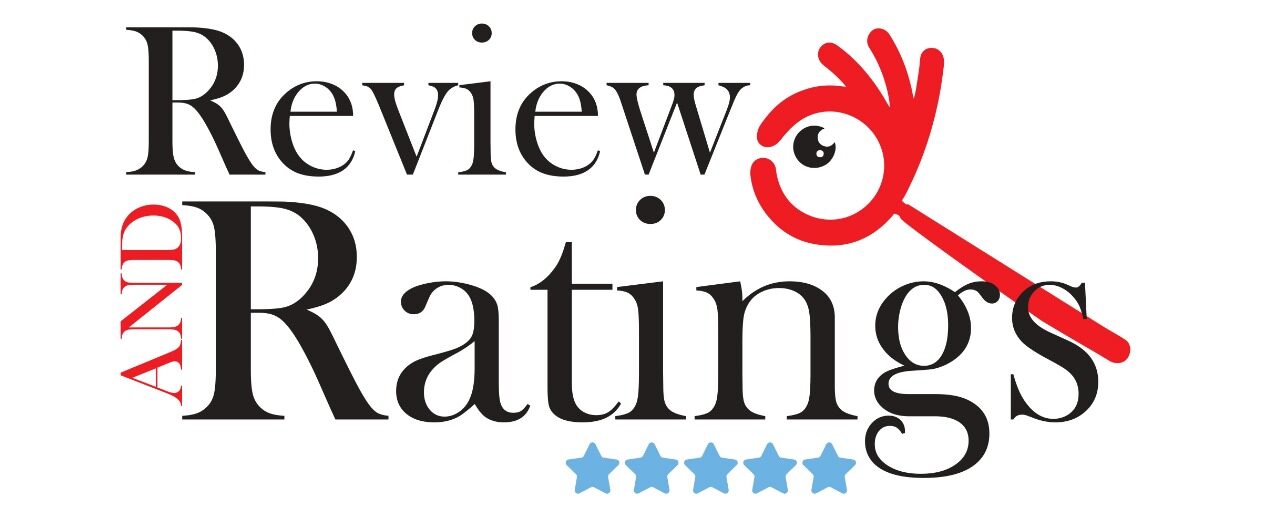Author: Suzanne Collins
Genres: Action adventure
Suzanne Collins’ “The Hunger Games book” series is a dystopian trilogy that includes “The Hunger Games,” “Catching Fire,” and “Mockingjay.” The third book, “Mockingjay,” was published on August 24, 2010, and serves as the conclusion to the series.
“The Ballad of Songbirds and Snakes book” is a prequel to Suzanne Collins’ highly acclaimed “The Hunger Games” trilogy. Released on May 19, 2020, this novel dives into the origins of Panem and explores the backstory of one of the central characters from the original series.
Page Contents
ToggleSummary:
“The Ballad of Songbirds and Snakes book” takes us back to Panem, 64 years before Katniss Everdeen’s story, during the 10th Hunger Games. The main character is a young Coriolanus Snow, who you might remember as the villainous President Snow from “The Hunger Games” trilogy. But here, he’s just 18 and trying to make a name for himself.
In “The Ballad of Songbirds and Snakes book” Suzanne Collins takes readers back 64 years before the events of “The Hunger Games,” focusing on the early life of Coriolanus Snow. At 18, Coriolanus is a top student in the Capitol’s academy, but his family’s fortunes have dwindled. He is selected to mentor Lucy Gray Baird, a tribute from District 12, in the 10th Hunger Games, which are still in their early, raw form. Lucy Gray’s charisma and singing talent capture the Capitol’s attention, and Coriolanus sees an opportunity to revive his family’s standing. As he helps Lucy navigate the brutal competition, their relationship grows complicated, revealing Coriolanus’ emerging ambition and moral ambiguity. The story delves into his internal struggles and the choices that foreshadow his future as the tyrannical President Snow, set against the backdrop of a society that is still defining the cruel spectacle of the Hunger Games.
“The Ballad of Songbirds and Snakes book” is a fascinating look at the origins of President Snow and the early days of the Hunger Games. It’s a story about ambition, survival, and the making of a villain. Fans of “The Hunger Games” will enjoy seeing a new side of Panem and understanding more about its history.

Main characters:
Coriolanus Snow: The protagonist, an 18-year-old from a once-powerful but now impoverished family in the Capitol. Ambitious and cunning.
Lucy Gray Baird: The female tribute from District 12, mentored by Coriolanus. She is charismatic, resourceful, and a talented singer, which makes her a standout figure in the games. Her unique personality and charm capture the attention of the Capitol and complicate her.
Tigris: Coriolanus’ cousin, who lives with him and their grandmother. She is supportive and caring, helping the family through their financial struggles and offering emotional support to Coriolanus.
Dr. Volumnia Gaul: The Head Gamemaker for the 10th Hunger Games. She is a brilliant and morally ambiguous scientist who influences Coriolanus’ views on power, control, and the nature of the Hunger Games.
Sejanus Plinth: A fellow student and mentor, originally from District 2 but now part of a wealthy Capitol family. Sejanus is a friend to Coriolanus but often clashes with him due to his moral opposition to the Hunger Games and the Capitol’s oppressive regime.
Coriolanus’ Grandmother (the Grandma’am): The proud matriarch of the Snow family, who clings to their past glory. She is a constant reminder to Coriolanus of their fallen status and his obligation to restore the family’s name.
“The Ballad of Songbirds and Snakes” explores several key themes and messages:
1. Power and Ambition: The novel delves into Coriolanus Snow’s ambition to restore his family’s status and how his pursuit of power shapes his morality and decisions.
2. Control and Manipulation: It examines the mechanisms of control and propaganda used by the Capitol, particularly through the Hunger Games, to maintain dominance over the districts.
3. Survival and Moral Compromise: The story highlights the lengths to which individuals will go to survive, often making moral compromises and revealing the darker sides of human nature.
4. Origins of Tyranny: By exploring Coriolanus’ early life, the book provides insight into the making of a tyrant, showing how personal history and societal influences can lead to a dictatorship.
5. Human Nature and Society: It raises questions about human nature, the impact of societal structures on individuals, and the ethical dilemmas faced in extreme situations.
These themes combine to offer a deeper understanding of the world of Panem and the complex factors that contribute to the rise of authoritarian rule.
Writing style:
Suzanne Collins’ writing style in “The Ballad of Songbirds and Snakes” is immersive and descriptive, vividly bringing the dystopian world of Panem to life through rich details. The novel is written in third-person limited perspective, focusing closely on Coriolanus Snow’s thoughts and experiences, which allows readers to gain deep insights into his complex character development and motivations. Collins skillfully weaves thematic depth into the narrative, exploring issues such as power, control, morality, and survival, prompting readers to reflect on the broader implications. Her ability to create tension and suspense keeps the plot engaging, while the natural dialogue and distinct character voices add to the story’s realism. Symbolism and allegory, such as the mockingjay and the snakes, enhance the narrative’s layers of meaning, making the book a compelling and thought-provoking read.
Strengths:
Rich Character Development
World-Building: Suzanne Collins expands the world of Panem with detailed descriptions and historical context.
Symbolism and Allegory: As with the original trilogy, the novel employs symbolism and allegory to add layers of meaning to the story.
Engaging Plot: Despite being a prequel, “The Ballad of Songbirds and Snakes” offers a compelling and engaging plot that keeps readers hooked from beginning to end.
Weakness:
1. Pacing: Some readers may find the pacing of the novel to be slower compared to the original trilogy. The intricate character development and detailed world-building can occasionally lead to slower moments in the narrative, which may result in a less dynamic reading experience for some.
2. Protagonist’s Likability: Coriolanus Snow, as the protagonist, is a morally complex character with significant flaws. Some readers may struggle to sympathize with or root for a character who later becomes the antagonist of the original trilogy. This can make it challenging for readers to fully invest in his journey, especially if they find his actions morally reprehensible.
3. Predictability: Given that “The Ballad of Songbirds and Snakes” is a prequel to an existing series, some aspects of the plot and character development may feel predictable to readers familiar with “The Hunger Games” trilogy. The ultimate trajectory of certain characters and events may be anticipated, diminishing the element of surprise for some readers.
4. Lack of Connection to Original Characters: While the novel provides insights into the early life of Coriolanus Snow and the origins of the Hunger Games, some readers may miss the connection to beloved characters from the original trilogy. The absence of characters like Katniss Everdeen and Peeta Mellark, who played central roles in the original series, may result in a sense of detachment or disconnection for fans hoping for more direct ties to the original storyline.
5. Ambiguity of Themes: While the novel explores complex themes such as power, control, and morality, some readers may find the exploration of these themes to be less explicit or impactful compared to the original trilogy. The moral ambiguity of the protagonist and the lack of clear moral lessons or resolutions in certain aspects of the story may leave readers feeling unsatisfied or uncertain about the novel’s thematic conclusion.
Comparisons:
Original “Hunger Games” Trilogy: Naturally, the most direct comparison is to Collins’ original trilogy. While “The Ballad of Songbirds and Snakes” shares the same dystopian setting and explores similar themes of power, control, and survival, it differs in its focus on the early life of Coriolanus Snow and the origins of the Hunger Games. The prequel offers a deeper dive into the moral complexities of its protagonist and provides a more nuanced exploration of the Capitol’s oppressive regime.
“The Underland Chronicles”: Collins’ earlier series, “The Underland Chronicles,” also explores themes of survival and societal conflict, albeit in a fantasy setting rather than a dystopian one. Both series feature young protagonists navigating dangerous and morally ambiguous worlds while grappling with their own inner struggles and ethical dilemmas.
Dystopian Literature: In comparison to other works within the dystopian genre, “The Ballad of Songbirds and Snakes” stands out for its focus on the psychology of its antagonist-to-be protagonist and its examination of the origins of tyranny. While it shares thematic similarities with other dystopian novels, such as George Orwell’s “1984” or Margaret Atwood’s “The Handmaid’s Tale,” it offers a unique perspective on the nature of power and control.
Recommendation:
I would recommend this book to the Fans of “The Hunger Games” Trilogy, Dystopian Fiction Enthusiasts Individuals who enjoy dystopian literature, with its themes of power, control, and societal upheaval, will find much to appreciate in “The Ballad of Songbirds and Snakes.” Readers who enjoyed Suzanne Collins’ original trilogy will likely appreciate this prequel.
Consider purchasing from here: https://www.amazon.in/Ballad-Songbirds-Snakes-Hunger-Games/dp/1338671162/ref=tmm_hrd_swatch_0?_encoding=UTF8&qid=&sr=
Also checkout our other Categories: http://reviewandratings.com/category/mobile/




